One of the most favorite trees for landscape designers is the Korean fir. Your plot will be able to transform and take a completely different look. This evergreen coniferous tree looks stylish and sophisticated in combination with stone tracks, for example. This beauty came to us from Korea, for which he received its name. The tree grows very slowly, about 2-3 cm per year. But already for 7-8 years of life, you just wonder how fir transformed. From this time, the main decorative element appears on it - bumps. The combination of green needles on the top, the needles with a silver shade at the very bottom and cones with a purple tint looks simply charming. Fir Korean grows the right conical form. The needles are not barbed at all, so you can not be afraid to plant it if you have children. This Korean beauty is completely unpretentious, which will have to moral novice gardeners. And how many stylish landscaped projects with the fir can be made up ... In this article, we'll figure it out, is it difficult to grow this Korean beauty in my site, and what is needed for this.
Features of Korean fir
Fir Korean came to us from afar. Her homeland is considered to be mountains of South Korea, where it forms mixed or clean forests. This evergreen beautiful tree is perfect for growing locality with harsh winters, because It is frost-resistant. Fir Korean is most often planted for decorative purposes. You can select the following features of this tree:
- korean fir can grow up to 15 m in height;
- it has a different color of needles: the top of the bright green color, and the lower tier silver, whitish;
- by the 8th year of life, beautiful cones begin to grow - the main decoration of the Korean fir. They have an unusual violet shade;
- korean fir has a powerful rod root system that goes deep into the ground;
- fir Korean can be raised from seeds;
- the bumps of the Korean fir also have an unusual property - grow vertically as chestnut "candles";
- after ripening, the bump falls apart, freeing seeds;
- korean's fir crown has a cone or pyramid form;
- the needles only seem prickly. In fact, it is soft and not to ourselves. The width of each cup of about 2 mm and it is as if folded along the groove.
Varieties of fir Korean
There are several varieties of Korean fir, which is successfully applied in decorative gardening. If you are going to get exactly this tree, it is also determined with the variety, because Each of them has its own distinctive features.
- "Blue Standart". This variety was removed almost with one single difference from the source tree - the bumps have a much more intense purple shade. Of course, the decorativeness and the unusualness of this variety at the highest level.
- "Brevifolia". A year adds 5-7 cm in growth. Krone has a more rounded shape, the needles are more loose and not dense. Coupling have a width of about 2 mm, the bumps are small, purple.
- "Silberlocke". It grows pretty weakly and slowly, but with proper care and favorable area can be added in growth every year to 10-12 cm. Differs the form of the needle - a little bent. The color of the crown is silver, which makes this variety quite attractive for gardeners.
- "Silberzwerg". Refers to the lowest varieties of Korean fir. It also grows pretty slowly, in the year he adds 3-5 cm in growth, the color of the crown is more silver, shoots short.
- "Piccolo". Another lowest variety of Korean fir. Reaches 30 cm. The color of the crown is the same as at the source tree.
- Abies Koreana "Brilliant". This is a completely unique variety of Korean fir. It is distinguished from all other varieties of wood sizes - this is a real dwarf, one of the smallest coniferous trees. Due to its compact and spherical form, it can even be grown in drawers, containers. Actively used in landscape design in group or single landings.
Fishing Technology Korean Fir
Stage 1. Choose a place and time for landing
The key to the beautiful and breathtaking of the wood is the right area and the right landing time. To avoid major errors in the planting process, consider the following recommendations:
- korean Korean can be planted both in spring and autumn. For spring landing, April will be suitable, and for autumn - September;
- korean Fir, albeit a light-affilome tree, but it negatively responds to too long and bright sunny baths in young age;
- if a plot with groundwater spitting to the surface is most likely not suitable. Stagnation of water is destroyed for fir. But, if there is no other alternative to landing, then you need to try to the construction of good drainage;
- korean's soil fertility does not present special requirements. Perfect can grow on sour soil. But all his power and beauty of Fir Korean will show on a plot with soil rich in Humos.
Stage 2. Prepare the landing pit
If you have decided on a place where you are to plant a Korean fir, now it's time to think about the preparation of a good landing pit. Also worth saying about fir seedlings. It is better to buy them in specialized nurseries. So, you will be confident as a seedling, his health. Carefully inspect the root system before purchasing. It should be without any visible mechanical and other damage. Usually advised to choose 5-7-year-old trees that are well tolerated transplant. If the seedlock has already been purchased, it's time to do the landing pit:
- dig a pit is better 2 weeks before landing. So, the soil is good "sweeping";
- the approximate size of the landing pit for the Korean fir - 60 * 60 cm. But this, of course, depends on the size of the root system;
- if you plan to plant a few trees, then the distance between them should be about 5 m. For a more dense landing, you can cut to 2 m;
- if the soil is heavy, clay, with groundwater close to the surface, then without a good drainage can not do. It will be a broken brick, rubble or even cans. The total drainage layer must be at least 20 cm;
- the bottom layer of the pit is 10-15 cm.
Stage 3. Landing
Landing is better to produce on a cloudy day. Rainy weather will be even better option.
- prepare a nutritious earth mix that will be needed to fill the pit to half. To prepare this mixture you will need: 2 pieces of clay soil, 3 pieces of humus, 1 part of peat and river sand. Mixed mixture, add 10 kg of sawdust and 200 grams of nitroammofoski;
- putting a fertile mixture to embroider with a holloch and sprinkle from above ordinary earth without additives. From above to arrange a seedling, making it the roots, and gradually fall asleep the same garden earth. The root neck is not shuffled, but leave over the surface of the earth.
- be sure to climb the rolling circle to protect a young seedling from frost;
- a young seedling to donse away from the sun and strengthen the cauldron for the winter;
- during the first month from the day of planting, Korean requires daily irrigation.
Korean Fir Care
Young fir practically does not require any care and feeding, including. Among the most minimal actions that will be required from you, you can allocate:
- periodic watering. If in the first month from the date of landing it is necessary to watering every day, then there will be enough 2-3 irregularities per season. In particularly dry weather, it is advisable to spray a tree and water every week 2 buckets of water for each tree;
- soil loosening in a priority circle. No need to loosen deeply, it is enough to do it to a depth of 5 cm;
- the content of the priority circle in purity, i.e. without weeds;
- on the 3rd year of life, the tree will need already in feeding. You will need mineral and organic fertilizers. A universal option may be "Kemira", which you will need 150 gr for one tree. The procedure of feeding to keep early in spring;
- korean Korean is needed to mulch every year. Drada Mulching will suit the fallen needles from the forest. Previously need to be treated with boiling water, bactericidal agents;
- to form a beautiful and correct crown, delete dried branches in a timely manner or damaged
Korean fir from seeds: myth or truth
Korean fir came to European countries only at the beginning of the 20th century. But then she was extremely rare. More or less widely began to use for the decor of the casting only at the beginning of the XXI century. But with those practically little changed. You are not so easy to buy the crown saplings of Korean fir. Only large nurseries can offer to buy this beautiful tree. Therefore, a particularly relevant issue remains about the possibility of growing fir of the Korean seed. And it is quite possible. The climate of European countries and even Siberia is quite suitable for germination of seeds. Fir is an amazing frost-resistant tree. Of course, you have to gain patience to see an adult tree. To germinate seeds you will need:
- fir seeds must be obtained in those climatic conditions where you are going to grow fir;
- at the beginning of the fall, sowing seeds in boxes at home;
- after the appearance of germs and achieve a height of 5 cm, they need to be counted in the pot. The preferred diameter of the container should be a diameter of 7 cm;
- closer to the spring, seedlings need to harden, making them on the balcony, for example;
- planting the Fir in the open soil in the spring in one place. Seating for permanent growth places to produce no earlier than in 3 years.
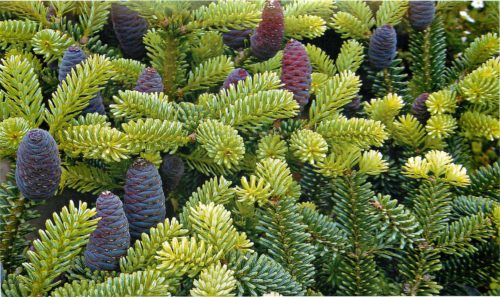
Using Korean Fir in Landscape Design
It is worth seeing the Korean Fir once and you will understand that there can be no better coniferous wood for use in landscape projects. The huge advantage of Korean fir is its slow growth and frost resistance. It is perfectly combined in landings not only with coniferous trees, but also with deciduous. It can be grown and decorating both private householders and urban parks, squares, streets, territory near administrative buildings.
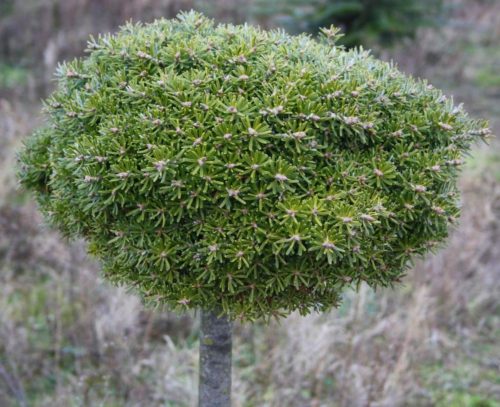
What diseases and pests are subject to Fir Korean
Any disease is always easier to prevent or notice at an early stage of infection. But such coniferous largests, like Korean fir, serve the first signs of the disease only after used their internal potential. If there are clear signs of the disease or indentation of pests on the tree, then most likely the disease has already grabbed the fir. The most correct and effective advice, how to prevent the disease in the fir, will be the Council on compliance with all the recommendations for the care of the fir. Regular watering, timely removal of dead branches, feeding fertilizers for coniferous trees will contribute to the fact that the tree will acquire persistent immunity to possible diseases or pests. As prevention, you can process the Fir Korean Insekto-acaricides, drugs containing copper and mandatory feeding fertilizers.
Rinker roots fir
This is a very dangerous disease that can lead to complete drying and firing fir. Root roots are reddish-brown, white or pedestrian. Infection cause mushrooms that begin their "work" from the roots of the tree, gradually climbing higher and higher, up to a 10-meter height. If one tree is sick, then the likelihood that neighboring is very large.
How to recognize.Recognize rot roots simple enough. If you have noticed the fruit bodies of mushrooms at the base of the barrel (they may look like caps or caps on the leg), it means that the fungus has moved from the root shock to the tree trunk. At the site of attaching the fungus, the trunk acquires a characteristic color, which depends on the types of fungus. At the last stage of infection in the trunk can form emptiness.
How to treat.Unfortunately, this is exactly the case when there is nothing better than prevention. A constant examination of the tree, the correct agricultural landing is something that will help to avoid the disease. If at the earlier stage, the roots did not help the treatment of fungicides, the tree is better excised and be sure to treat the stump to prevent the adjacent trees.
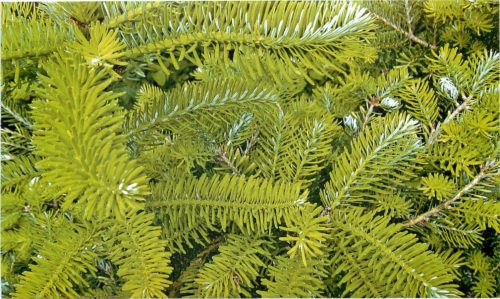
Hermes Pihitte
Hermes is the kind of Tly, which prefers to rummage with coniferous rocks. She puts out her larvae on the tree bark, which in the spring turn into severe insects. The larvae do not die at minus temperatures and warm perfectly.
How to recognize.The larvae most often can be detected on the needle. They look like light yellow fluffy formations or larvae of a salad color. Hermes suck fir juices. At the site of their attachment, it is possible to detect curvature and yellowing of the needles. Adult winged individuals can be seen with a naked eye on the tree cortex.
How to treat.To combat Hermes, a solution of copper sulfur and various insecticides that need to spray a hive, process the trunk, the rolling circle so that the tools absorb well. You need to destroy the amazed needle, the shoots of removing, visible winged insects also destroy. Treatment is best spent in the spring, because It is at this time that females go outside, and they are easier to notice.
Cobbled tick
The danger of a web tick in just incredibly fast breeding time. Over the summer, it will multiply several times, and the number of individuals by autumn can increase 3-4 times. The tick is almost impossible to notice, because Its size is about 1 mm.
How to recognize.A web tick can be recognized according to the characteristic yellowish threads, as if the threads of the web. These threads are becoming brown over time, and the needles are satisted.
How to treat. If you suspect the contamination of fir to the Korean spider tick, then immediately begin to process insekto-acaricides. As prevention, it is very important to spray with water into arid weather, especially young trees.
Fir pest beetles
Various beetles can also cause irreparable harm to the fir. Such beetles like Zhok-Niccin, Zhuk-Khrushch, Fir Usachi can be raised not only by the fir, but also other trees on the site. Danger for fir represents the larvae of these pests, which can dodge the roots of the tree, forcing the branches.
How to recognize.If you notice an unusual change in wood color, the presence of black "moves" on the crust or heard a characteristic crackle, most likely these pests were most likely settled on the tree.
How to treat.One of the most effective ways to combat beetles is their mechanical collection and processing insecticide not only trunk, crowns, but also the soil near the tree.
As you can see, to grow in your site this Korean beauty, you need to make not such serious effort. The main thing is your desire to bring some Korean exotic in your garden, and everything will definitely. Enjoy gardening! Successes!

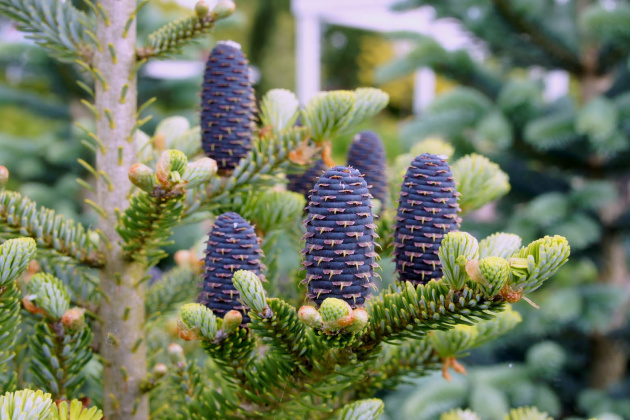
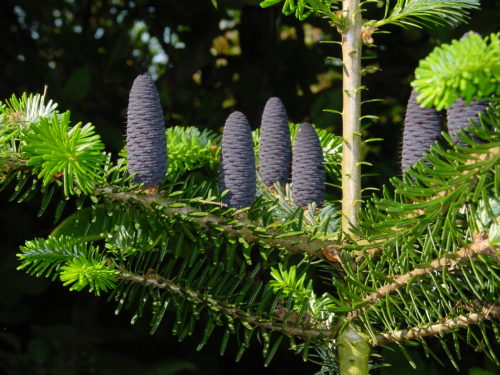

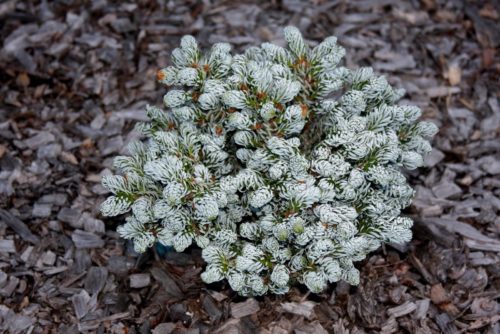

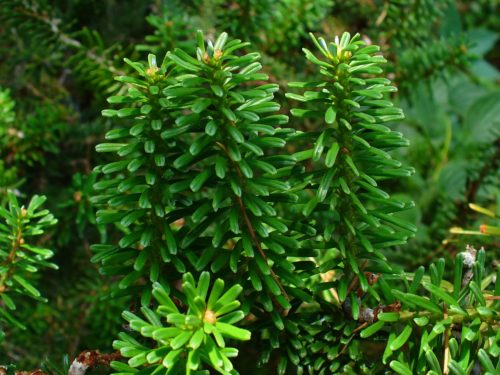
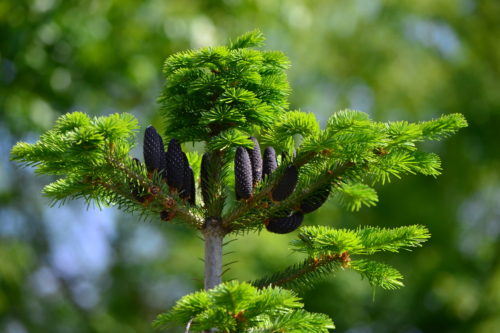
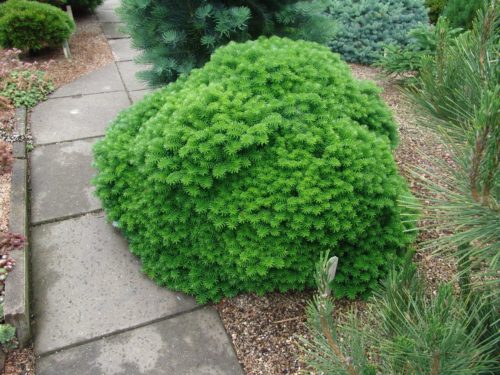
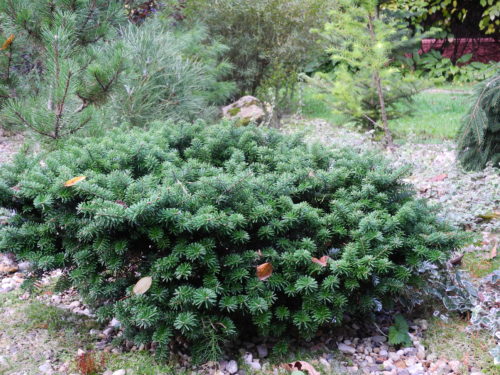
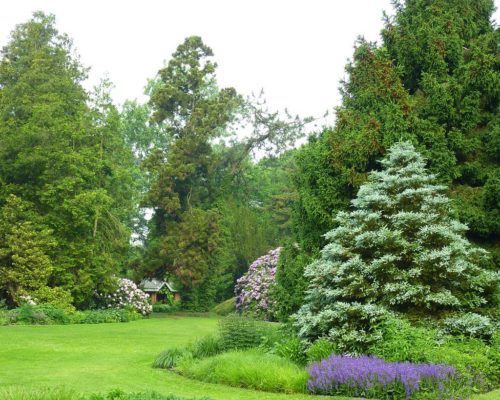












 Start a discussion ...
Start a discussion ...